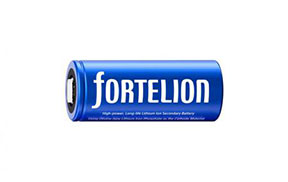FORTELION Battery System
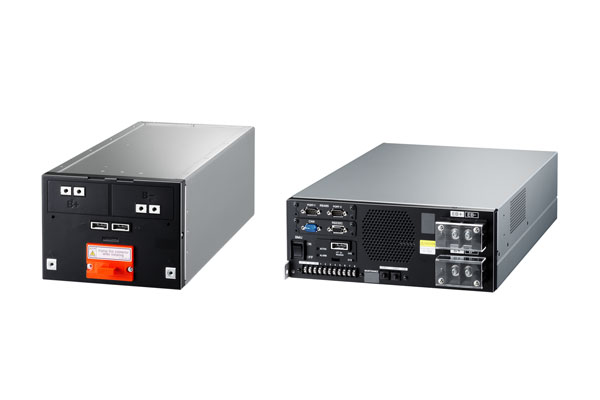

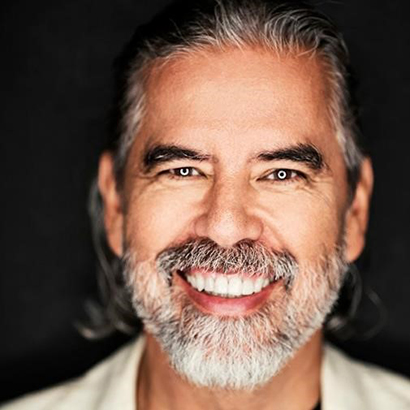
About Henk Rogers:
Henk Rogers is the founder of the Blue Planet Foundation, a not-for-profit advocacy organization in Hawaii that focuses on decarbonization. He is also the founder of Blue Planet Energy Systems, manufacturer of the Blue Ion Series, energy storage systems that use Murata’s FORTELION battery system. Before Henk got involved in the energy field, he was known as a global leader in the gaming industry. One of his software companies holds the exclusive intellectual property rights to Tetris, the world’s most popular video game (with over 125 million units sold). Henk revolutionized the industry when he brought the now legendary game to U.S. and world markets over 30 years ago. Raised in Holland until the age of 11, Henk attended New York City’s specialized school for mathematics, science and technology, Stuyvesant High School. He went on to study computer science at the University of Hawaii.
Q: You had been successful in game industry before you got involved in environmental issues. What changed your focus from the virtual world to taking on real-world problems?
Henk: In 2005, I sold a company. A month later, I found myself in the back of an ambulance with a so-called “widowmaker.” I had a 100% blockage in the largest artery in my heart. If I hadn’t been near a hospital that day, I would have died. While I was in the ambulance going to the hospital, I said “No, I’m not going. I still have stuff to do.” Obviously, I survived with two stents put in, and I started thinking about what I had meant by “stuff” in the recovery room. I had already made enough money, so my wife didn’t need me anymore. My kids were all finished with school, so they didn’t need me. I had already done everything that I was supposed to do up to then. Then I started thinking, “At the end of my life, what would upset me if I hadn’t done anything about it?” In this questioning, I found my mission in life.
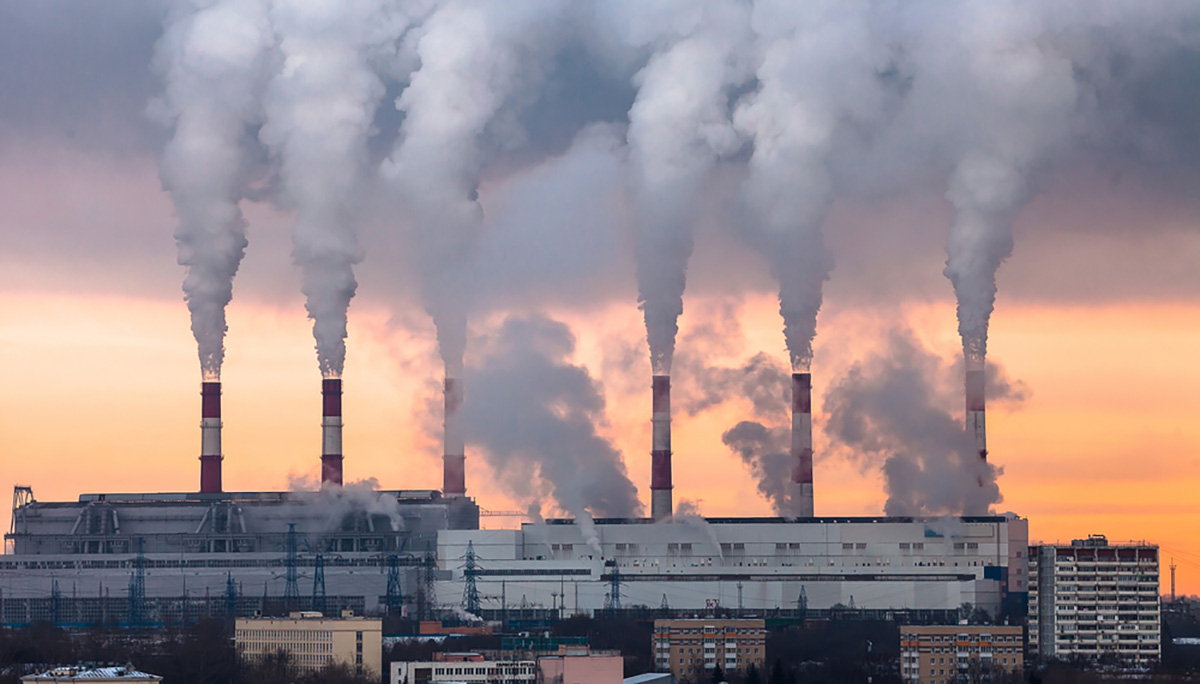
Henk: To end the use of carbon-based fuel became my first mission. It came to me from a newspaper. While I was still in the recovery room, I saw a little article in the paper. It said that we are going to kill off all of the coral in the world by the end of this century. And I said, “No, we’re not.” What’s causing that? It’s ocean acidification. Well, what’s causing that? It’s carbon dioxide going into the ocean. And what’s causing that? We are. So, my mission is to end the use of carbon-based fuel. The other issues in the world are all minor in comparison. The problems associated with climate change are enormous. If we don’t take care of this, nothing else will matter. Of course, I was interested in environmental issues before the accident, but I was busy making money, making games, and thinking about business. Focusing on work and making money. Of course, I could have kept on doing that, but that’s not what life is all about. You have to accomplish something, and making money isn’t the only thing that’s important.
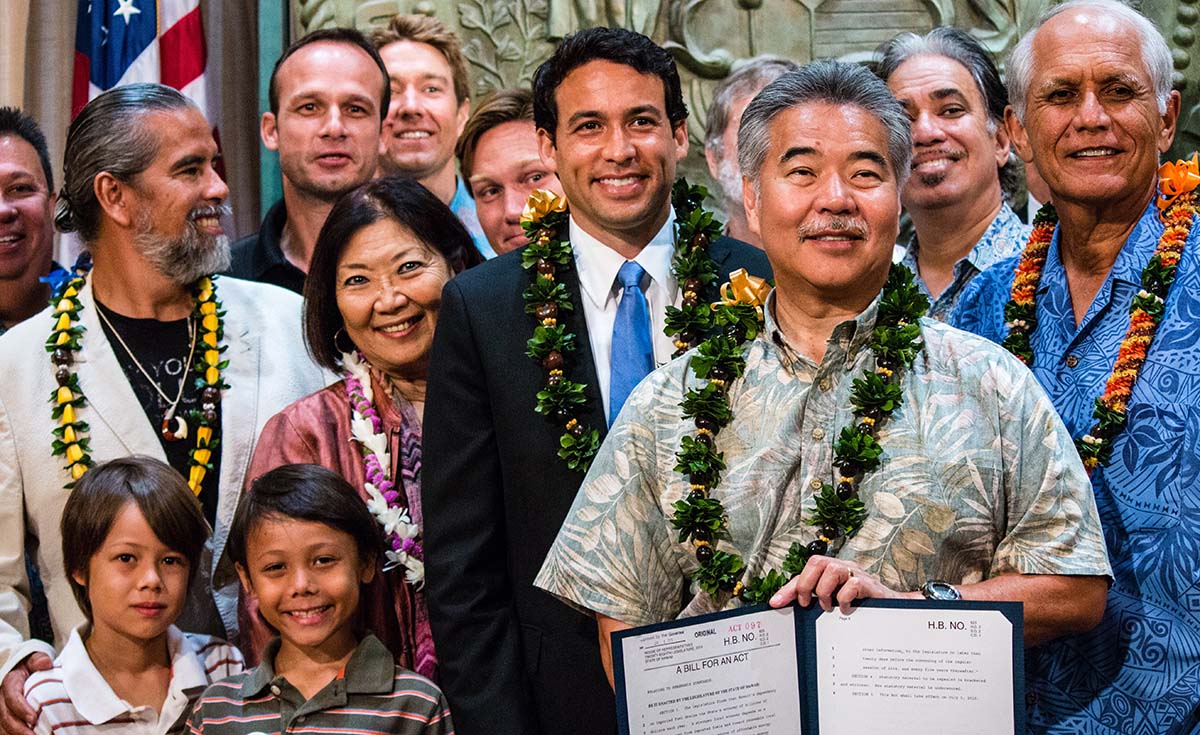
Q: How did your newly found sense of mission lead to the Blue Planet Foundation, which doesn’t seem like a typical charitable organization?
Henk: I decided to end the use of carbon-based fuels in Hawaii, and I created the Blue Planet Foundation to make that happen. Many people think of a foundation as a place to go and ask for money, and then people can go and do something with that money. Blue Planet Foundation doesn’t give money to anyone. We are an action organization. We create legislation, and we lobby for that legislation. We do education and public outreach. We do many things, but we don’t hand out money. We get money from the public to help in our efforts. Number one: our work is mostly about legislation. Number two is intervention in public utilities commissions. There are always issues coming up, like when a utility company wants to raise its rates, and a public utilities commission gets involved. We intervene in that process. What this means is that we have lawyers who go in there and work to move things in our direction.
Q: What were your initial goals, and what kind of initiatives and programs have you developed to achieve your goals?
Henk: Our initial goal was to raise awareness, but then we changed it to achieving 100% renewable energy in Hawaii. That’s still the mission today. We have had a bunch of successes, and we are working to make sure that it actually happens. We got a law passed that promotes people’s use of solar power by giving people rebates when they install solar panels on their rooftops. We created “community solar,” which means if my house is in the shade of a building, so it’s not practical to put solar panels on my roof, that I can have put them on someone else’s roof and benefit from that electricity. It makes it so the electric company has to help in moving electricity around. However, our biggest initiative was getting Hawaii to pass a mandate to have 100% renewable energy for electricity by 2045.
Q: The foundation’s website says, “Blue Planet works to shape and advance transformative public policy that accelerates our clean energy progress while ensuring that the transition to our clean energy future is inclusive, coordinated, and cost-effective.” What are some of the things that the foundation has done to achieve these objectives?
Henk: For example, when the electric company makes electricity from fossil fuels, the cost will fluctuate with the price of oil. Even so, they’re basically paying about 22 cents per kilowatt-hour. That’s their cost. For wind and solar, the cost is only 8 cents. By moving to wind and solar, the electric company’s costs go down, and the consumers’ rates go down. It’s a win-win situation. We’ve told electric companies that they can make bigger profits, but they need to use renewable energy to do that.
Q: Blue Planet Foundation has focused many of its efforts on educational activities for children. What is the aim behind this? Could you give us examples of these programs, and what have been the response from children?
Henk: Children are absolutely critical in this. If you think back in America, everyone used to smoke. There were commercials on TV saying that smoking was bad for you, but no one stopped. However, when kids started saying to their parents, “I don’t want you to die. Could you please stop smoking?” That’s when people stopped smoking. Kids absolutely understand this. We need the children to ask the adults for the change that we need to see to get to 100% renewable energy. We had people going through all the schools to present the case to children. We then had children going door to door to exchange 300,000 light bulbs. Kids were out there making the case and giving people light bulbs that would save them money and reduce consumption of fossil fuel.


Q: After you created the Blue Planet Foundation, you also established a company to make batteries.
How did that come about?
Henk: In Hawaii, we created the solar rebate. We thought that we were going to have maybe 30 megawatts of solar in a couple years. Well, it was so successful that we had 300 megawatts in a couple years. The electric company then started saying, “Whoa, we can’t handle that much intermittent energy on the grid.” In fact, when I went to put solar panels on my roof, the electric company said no, because there was already too much solar in my neighborhood. That meant all of the gains we had been making were going to be lost, because the electric company was saying no. So, I decided to go off-grid using battery storage. The original battery storage solution I used to take my ranch off-grid was using vanadium flow redox batteries. We tried that for about a year, but it failed, and then I had a bunch of nasty chemicals on my ranch. I still have that mess today. From that failure, I decided that the next battery would have to come from a reliable supplier and would have benign chemistry. I don’t want to hate having these batteries around at the end of their life.
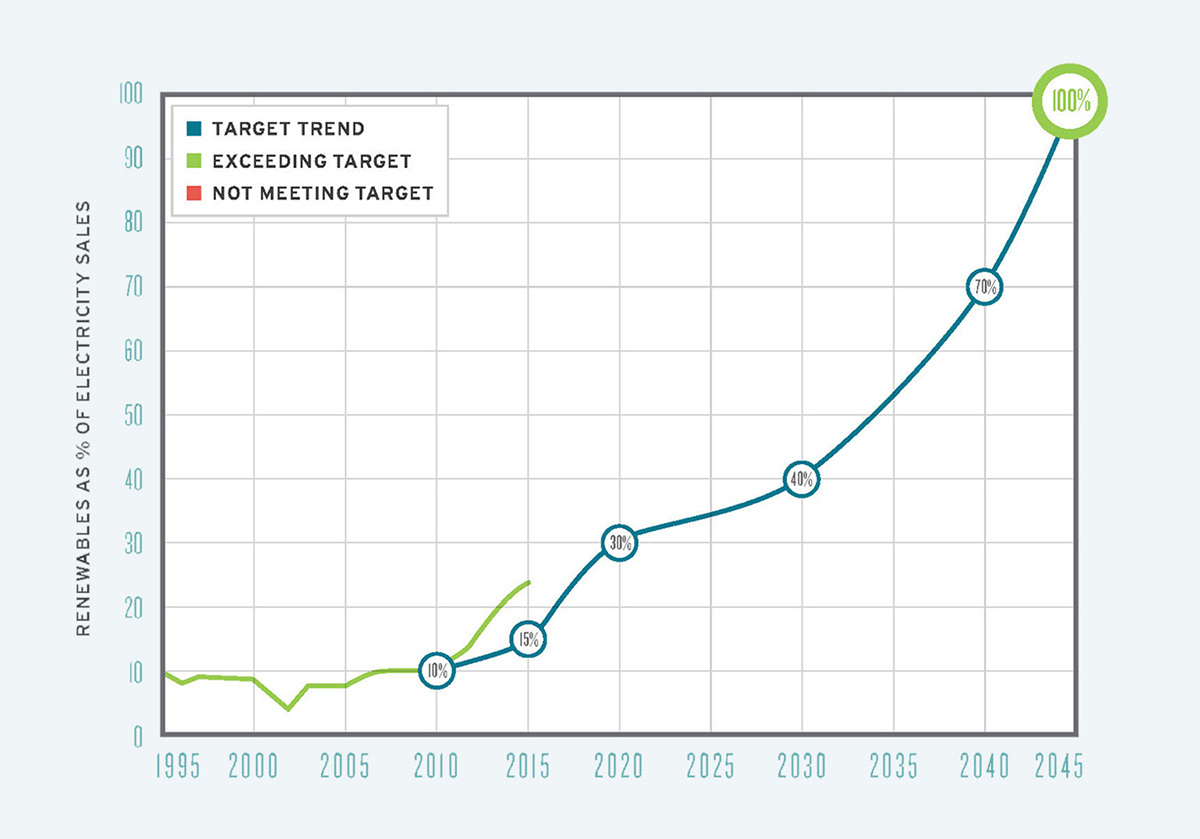
Q: Hawaii has become the first state in the U.S. to pass the “100% Renewable Energy Act.” What makes Hawaii a particularly fertile ground for this kind of movement.
Henk: Hawaii is an ideal place for using renewable energy. Hawaii has the most wind and the most sun of any state in the country. Hawaii also has the most expensive energy of any state in the country. Expensive electricity and availability of renewable energy resources. In fact, wind and solar are not the only ones. I think the biggest one, which is still almost completely untapped, is geothermal. Currently, there’s only around 36 megawatts coming from geothermal, which is small compared to how much energy is available. I think this is the same mistake that Japan is making. Japan also has huge amounts of geothermal energy, and yet there are no geothermal plants in Japan. That’s a big mistake. We have to figure that out.
Q: Was getting the mandate passed in Hawaii a gradual development, or was it a sudden shift in Hawaii’s energy policy, and what did you have to do with that?
Henk: It involved years of lobbying. We tried different ways. For example, the electric companies said they weren’t going to build any more fossil fuel power plants. However, when we tried to get a law passed saying that they couldn’t build any more, they fought back. They said “we can do this voluntarily, but you can’t tell us that we can never do it.” The mandate we passed now says that all fossil fuel power plants, wherever they may be, will be shut down in 2045. With this deadline in place, it no longer makes economic sense for an electric company to build a new fossil fuel power plant. We achieved the same end through a different way. More recently, we changed the incentives for the utilities, so they make more money the more quickly they switch over to renewables. As a result, they came up with an RFP, a request for proposal, for 850 megawatts of renewable energy. That’s half of Hawaii. If they accomplish this in five years, we’re already at 35% right now, that would take us to more than 70%, which is incredible. I believe that the way things are going now, we could actually achieve the 100% goal by 2035. We have a deadline of 2045, but now the electric company is moving much faster. We also have report cards. That’s one way that we let politicians and others know how they are doing. The bottom line is that you get what you inspect, not what you expect. If you just make a law and simply hope it’s all going to work out, that’s just not going to happen. You have to make sure. You have to inspect things regularly and monitor progress over time. We get students to go out and ask questions and gather data, and then we make report cards. I think that these are an incredibly useful tool to let the politicians, the electric company, everybody know how Hawaii is actually doing. The good news is that we’re ahead of schedule. We’re already at 35%, which is ahead of our schedule to get to 100%.
Q: What are your plans for the future to help Hawaii get to clean energy?
Henk: The future plan for Hawaii is to complete the transition to renewable energy for electricity. At the same time, we need to tackle ground transportation. We are working on that now. First of all, we passed a law that helps electric cars, requiring special parking spots where electric vehicles can park and charge. Kind of like spaces for handicapped parking, electric vehicles get guaranteed parking. The future is battery powered electric cars and using hydrogen for trucks and buses. This is something that I am doing outside the foundation. We’re trying to establish the hydrogen economy on the big island of Hawaii. We’re building five hydrogen fueling stations and bringing in fleets of hydrogen trucks and buses. Of course, there’s a lot more to do. I think that geothermal is such a huge resource, and we could use it to make so much hydrogen that we’d be able to export hydrogen. I’d like to export hydrogen to Japan. And Japan has a desire to use hydrogen as a fuel source. Well, we can be a supplier. We have volcanos that are going to be hot forever.
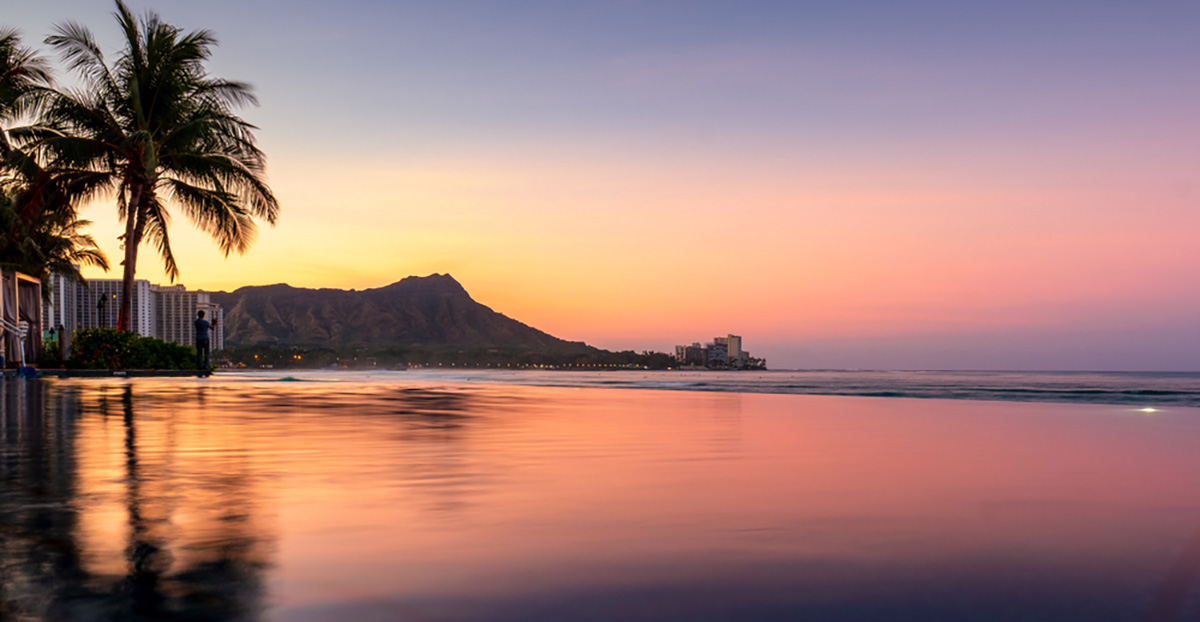
Q: What are your plans beyond Hawaii?
Henk: I have established a new organization called the Blue Planet Alliance to do things that are similar to what we've been doing in Hawaii, but everything we do in the alliance will need to have worldwide impact. I’m not doing anything local anymore. This is all worldwide. The new foundation’s goal is to create a world in which humanity and nature can live in harmony. I am now in New York to work with the United Nations and to work with countries represented in the United Nations. First, I want every country in the world to have a mandate, like Hawaii, for 100% renewable energy. What we have done in Hawaii is an example for the rest of the world, and certainly it’s an example for all of the islands in the world. The next phase is to help all of the islands in the world do the same thing. We are working with the small island developing states — there are 57 of them — and they all have the same problem that Hawaii has. They’re importing fossil fuels to make electricity, which makes it incredibly expensive. We want to export the Hawaiian model starting with these island nations. We should do this for all countries. Every country should commit to 100% renewable energy. It’s better and easier than limiting temperature increases to 2 degrees or 1.5 degrees. It’s hard to understand how to reach a limit. As an individual, what can one do? It’s better to have simple, realizable goals. I would like the entire world to have a deadline of 100% renewable energy by 2045. The year 2045 also turns out to be a really good date as it’s the 100th anniversary of the United Nations. What better achievement for the United Nations than to fix these environmental problems. Now we are on the SDG, sustainable development goal, but we really need to move to the regenerative development goal. We need to put back everything we’ve taken. We need to be fixing everything that we’ve broken.
Q: Are you hopeful about the future of our world?
Henk: I’m not hopeful. I am determined. People often ask me if I’m hopeful. No! If I’m drowning, I’m not hopeful that I’m going to survive. I’m going to swim, and I’m going to survive. It’s a decision. We, as a species, need to make the decision that we are going to do this. It’s not about being hopeful. It’s about doing this. I was at COP26 recently, and my slogan there was “We are doing this.” If the guys in the room can’t make an agreement, we’re going to do it anyway. The rest of the world, the countries, the cities, the people… We are going to end climate change. We are doing this, because we have to. It’s not something that we can hope to have it happen. No, we have to make it happen.
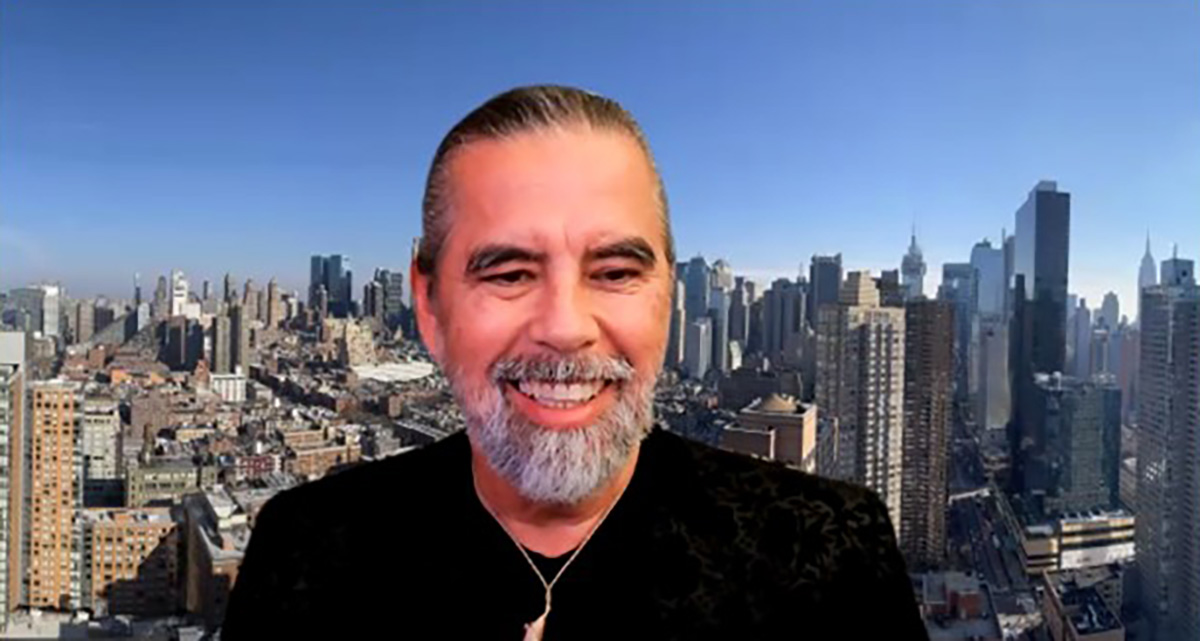
Source of inserted image
*1 https://blueplanetfoundation.org/policy-wins/
*2 https://blueplanetfoundation.org/100-renewable-energy/

